
The short-term variations in temperature on Earth are intricately linked to the dynamic processes of receiving and dissipating energy from the sun. The sun serves as the primary source of energy for our planet, emitting electromagnetic radiation that encompasses a broad spectrum, including visible light. As sunlight reaches the Earth’s atmosphere, it undergoes various interactions, such as absorption, reflection, and scattering. The Earth’s surface absorbs a significant portion of this solar radiation, leading to an increase in temperature. Short-term temperature fluctuations are a result of the delicate balance between incoming solar energy and the Earth’s capacity to dissipate it back into the atmosphere. Understanding the mechanisms involved in this energy exchange is crucial for comprehending the underlying factors that contribute to the variability in our planet’s temperature over short time scales.
Contents
Answer
Short-term temperature variations are influenced by the processes of receiving energy from the sun to the Earth’s surface and dissipating it to the atmosphere.
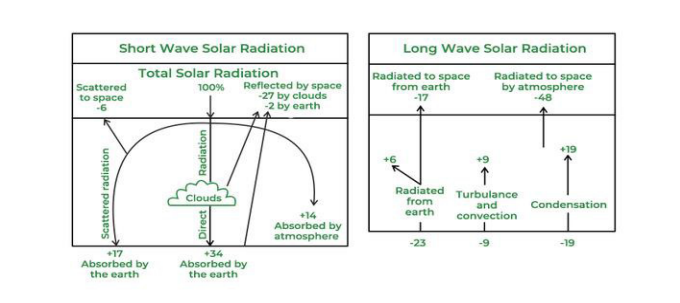
Natural Reasons:
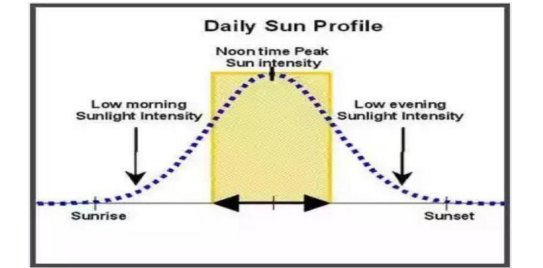
- Variations due to diurnal Day-Night rhythm
- Short-term variations in temperature occur on a daily basis due to diurnal cycle.
- During the day, Earth’s surface receives direct sunlight leading to increased temperatures.
- Night time allows for the escaping of the heat from the Earth’s surface as long wave radiations.

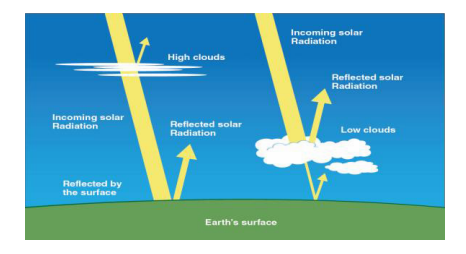
- Variations due to the presence and absence of cloud
- Clouds block and reflect the solar radiations causing lower temperatures.
- Cloudless and clear skies promote direct exposure to solar radiations thus higher temperature.
- Variations due to differences in Albedo
- Different surfaces absorb the incoming solar radiation with different capacity for eg.forests absorb more Solar radiations as compared to the grasslands .
- The cryosphere plays an important role in reflecting the solar radiation thus maintaining the overall radiation balance and heat budget of the Earth.
- Variations due to the impact of altitude and radiation loss
- At higher altitudes solar radiation intensity increases due to a thinner atmosphere, leading to higher daytime temperature.
- At night rapid cooling occurs, thus lesser temperatures
- Variations due to different physical and topographical conditions
- Specific features like mountain ranges, valleys, and local topography can create microclimate with their short-term temperature variations.
- Valleys may experience temperature inversions.
- North facing slopes receive lesser direct sunlight, comparatively cooler than southern slopes
Anthropogenic Reasons:
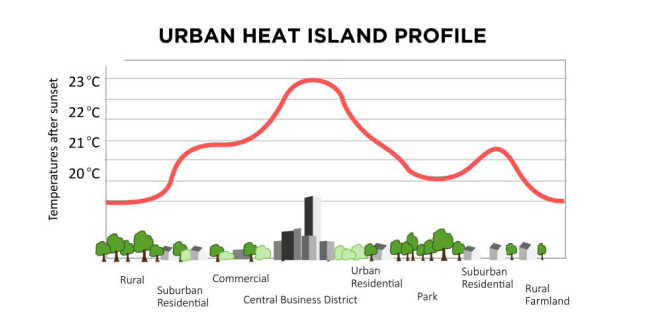
- Increased concretisation unsustainable urbanization growth), more absorption of the solar radiation by earth’s surface, manifested in form of urban heat island effect.
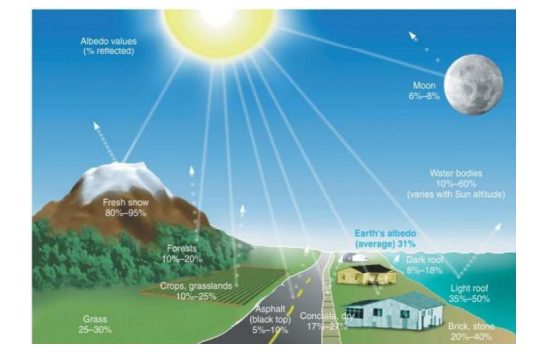
- Increased Deforestation earth’s surface more directly exposed to sun’s radiation, and increased temperatures.For eg. Deforestation can lead to an average increase of 4.4 degrees C (7.9 degrees F) in the tropics(World Resource Institute).
- Destruction of wetlands and other natural water bodies has compromised with the overall albedo of the earth.
- Rising pollution and emissions of GHGs has resulted in enhanced absorption of the long wave radiations from earth’s surface increasing the earth’s temperature.
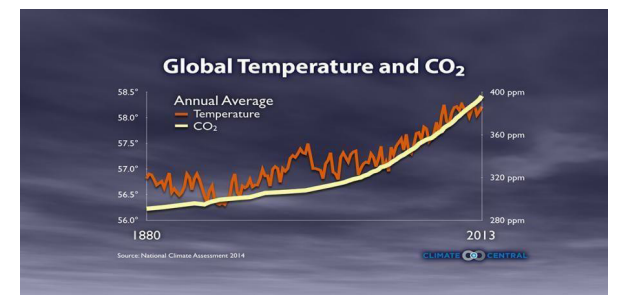
Short-term variations are a result of the processes of receiving energy from the sun to the Earth’s surface and dissipating it to the atmosphere; however, anthropogenic activities have aggravated these variations to a larger extent disrupting the overall heat budget of the earth.
In case you still have your doubts, contact us on 9811333901.
For UPSC Prelims Resources, Click here
For Daily Updates and Study Material:
Join our Telegram Channel – Edukemy for IAS
- 1. Learn through Videos – here
- 2. Be Exam Ready by Practicing Daily MCQs – here
- 3. Daily Newsletter – Get all your Current Affairs Covered – here
- 4. Mains Answer Writing Practice – here

